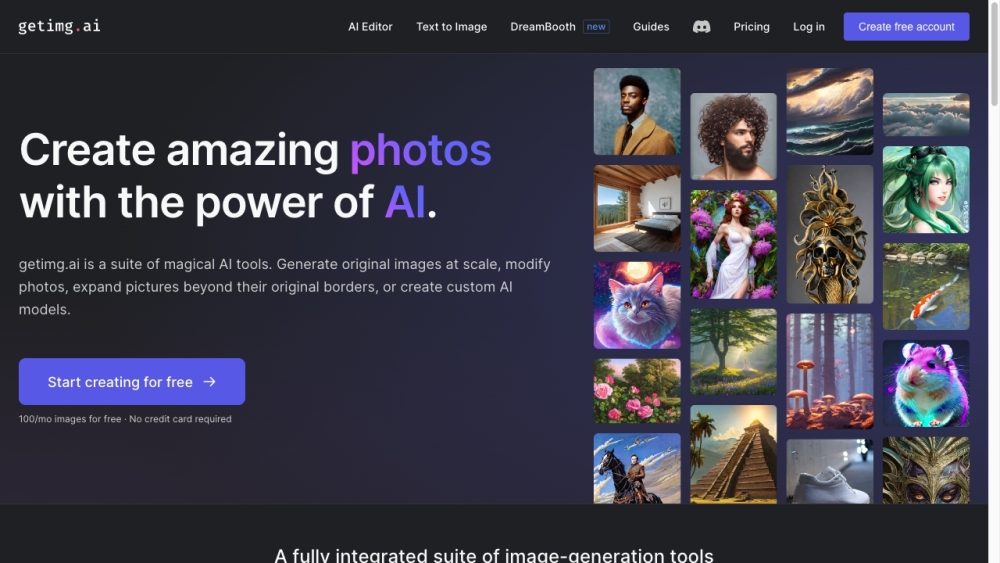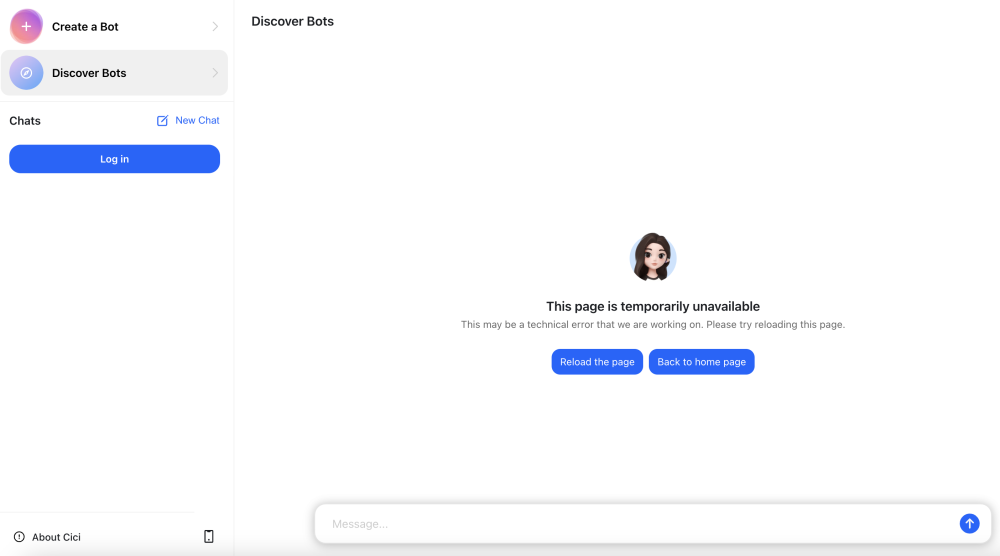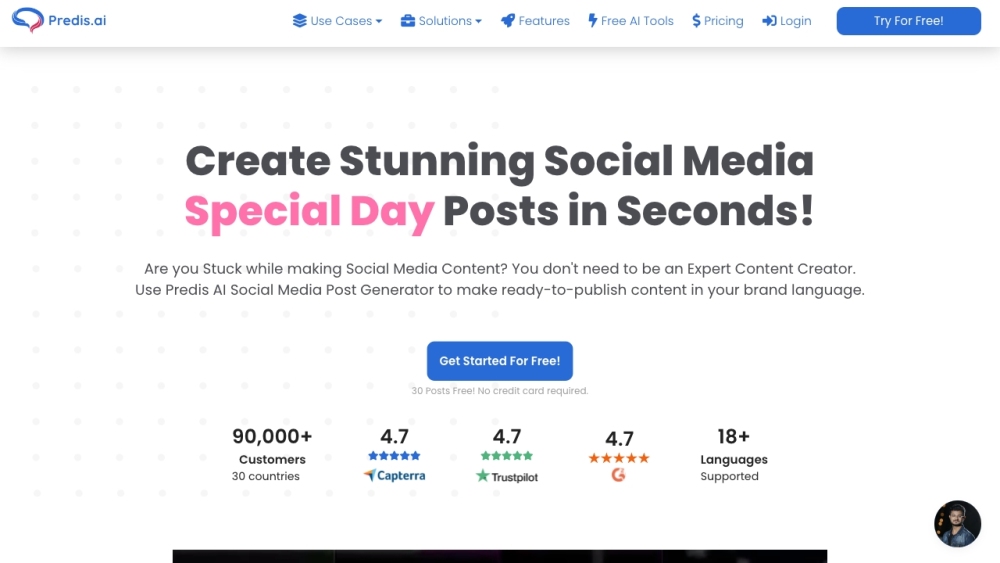Understanding Copyright Issues in AIGC Works: A Guide to Responsible Use
As AI-Generated Content (AIGC) technology continues to evolve, copyright issues surrounding it have become increasingly relevant across various industries. This guide explores the current copyright landscape regarding AIGC, providing insights on responsible usage while minimizing infringement risks.
Current Perspectives on AI Work Copyright
Opinions on the copyright of AI-generated works generally fall into two categories. Traditionalists argue that AIGC merely rearranges existing elements from a vast database, attributing creativity to the original artists. They believe that copyright should belong to these original creators and the platforms that develop AI technology. Conversely, proponents of a more progressive view contend that creators utilizing AI tools engage in a creative process—incorporating edits and iterations—thereby claiming copyright for their contributions.
Platform Guidelines: According to Midjourney's user manual, unless users are high-revenue corporations, paid members maintain full ownership of the AI-generated images, granting them the freedom to use these creations as they see fit. This indicates a clear stance from Midjourney regarding the ownership of images generated by its platform.
Recent legal actions have shed light on the complexities of this issue. Three artists have filed a lawsuit against Stability AI, Midjourney, and DeviantArt, alleging the unauthorized use of 5 billion online images for AI training without the consent of the original creators. Artist Karla Ortiz expressed pride in joining this collective effort, emphasizing their commitment to protecting the rights of affected artists.
Infringement Risks Associated with AI
Understanding the evolving nature of copyright in AIGC requires recognizing two key phases of AI art generation where potential infringement can occur:
1. Model Training Phase: AI models necessitate extensive datasets for training, often including a multitude of copyrighted works. Data serves as the foundation for AI, essential to industries such as autonomous driving and educational technology. The training of models like ChatGPT, which utilized an extensive dataset, illustrates this dependence. With predictions suggesting that large language model training may deplete available internet text by 2026, comprehending data sourcing is crucial.
2. Image Output Phase: AI models produce new images through the algorithmic interpretation of training data. Techniques like image filters and keyword-based generation can lead to AI-generated images retaining characteristics of original copyrighted works, raising concerns about potential plagiarism.
Despite the seemingly random nature of AI image generation, recent research indicates that content produced by models like Stable Diffusion has a 1.88% chance of being over 50% similar to existing works, suggesting that infringement risks may be more significant than initially thought.
Legal Standards for AI Infringement
A case involving New York artist Kashtanova exemplifies the ongoing uncertainty regarding AI copyright. After creating a comic book titled "Zarya of the Dawn" with Midjourney, her copyright application was denied by the U.S. Copyright Office. The denial cited that AI-generated images do not qualify for copyright protection due to the absence of direct human creation, even as elements such as text input and organization were acknowledged as copyright-protectable.
Conversely, China’s copyright framework introduces a "thought and expression dichotomy," assessing whether AI-generated works infringe by comparing substantive similarities to existing works.
Responsible AIGC Use
To effectively navigate the nuances of copyright in AIGC, consider these best practices:
- Understand Platform Agreements: Always review the user agreements of AI tools to clarify ownership and permissible uses of generated content, which can help avert future legal disputes.
- Maintain Creative Input: Utilize AIGC as a supportive tool rather than a substitute for creativity. Infusing your ideas and perspectives enhances the originality of your work.
- Acknowledge Sources: When leveraging reference materials, ensure proper citation of original sources or obtain necessary permissions to mitigate copyright risks.
Developers and platform owners bear a crucial responsibility for preventing copyright infringement. Transparency regarding potential risks associated with AI algorithms and addressing vulnerabilities promptly is essential.
Conclusion
The realm of AI copyright is continuously evolving, necessitating ongoing dialogue and reassessment as technology advances. While AIGC presents exciting opportunities for productivity, safeguarding the rights of creators is paramount. Copyright laws must adapt to protect the intellectual contributions of original creators, clearly distinguishing them from the technologies facilitating the creative process. Embracing responsible use of AIGC will foster innovative and legally sound practices in digital content creation.




